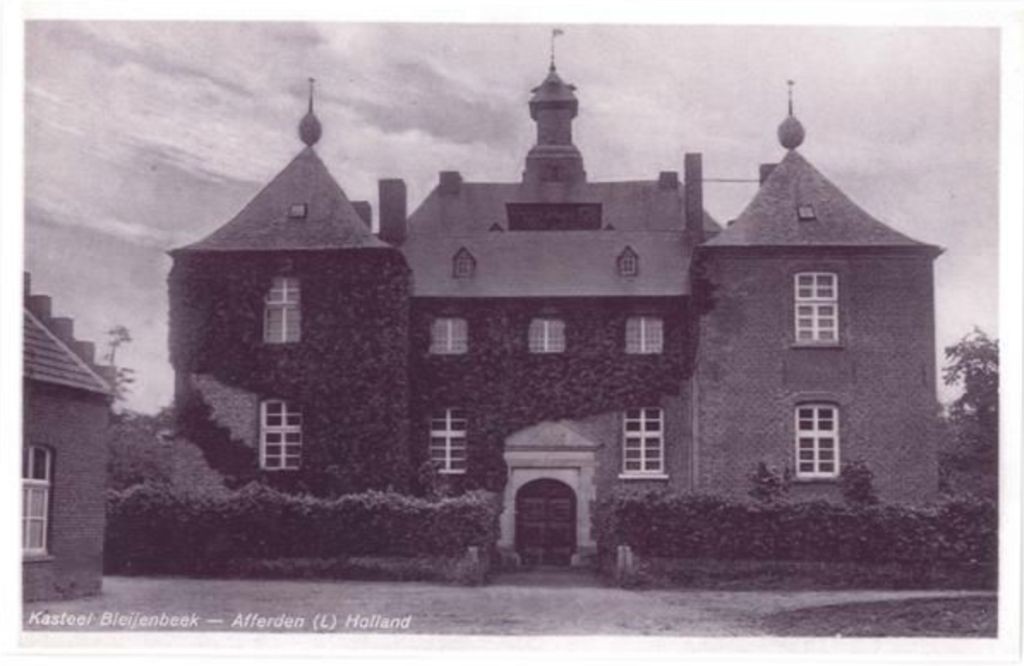Operation Veritable started in the hills around Groesbeek on 8 February. The plan was to combine forces with an offensive further to the south called Operation Grenade and capture the area between the Maas and Rhine rivers as quickly as possible, ready for crossing the Rhine. This would breach the most important German defences on the Western Front and open up a route into the whole of Germany.
Unfortunately, the planned advance encountered difficulties when the thaw set in, and when the Germans flooded vast areas of land: tanks got stuck in the mud and were unable to move for days. In the face of the considerable German resistance, the Allies had to capture many of the farms and houses one by one. More than a week later, the men of the Scottish 52nd infantry division were in the forest of Afferden, to the south of Gennep, where the Germans had dug themselves in, strategically, behind the stream called the Eckeltse beek. The Germans had positioned themselves securely in Bleijenbeek Castle. They had excellent views of the forest and the open fields in front of them, and were ready to attack any tank that ventured out of the forest. A siege ensued that lasted for several days.
The Scots tried everything they could to dispel the Germans, but suffered heavy losses in the process. The dead and wounded were left in the open fields and the castle courtyard for long periods of time, whilst the bombardments simply carried on.
What would the Allies need to do to drive out this ruthless thorn in their side?
